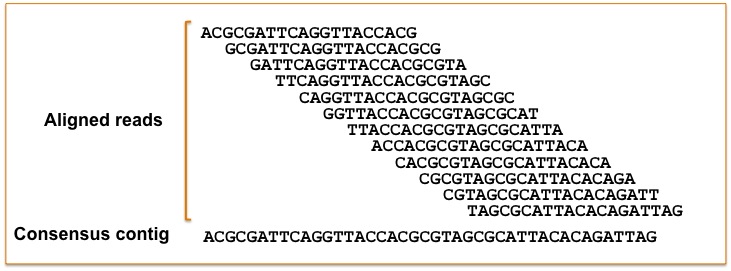When I use gsAssembler from 454 to do cDNA assembling, I was confused about this parameter '-rip'.
'-rip' --> Flag to output each read in only one contig.
and this option default false.
As I known for genome assembly, one read should be assembled to only one contig.
I want to know, for cDNA assembly, reads should be assembled to multiple contigs or not? If yes, i can't understand, who can tell me why. If not, in what situation reads should be assembled to multiple contigs?
what message can we get by assembling one read to multiple contigs?
urgent for answer...
'-rip' --> Flag to output each read in only one contig.
and this option default false.
As I known for genome assembly, one read should be assembled to only one contig.
I want to know, for cDNA assembly, reads should be assembled to multiple contigs or not? If yes, i can't understand, who can tell me why. If not, in what situation reads should be assembled to multiple contigs?
what message can we get by assembling one read to multiple contigs?
urgent for answer...

Comment